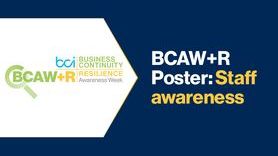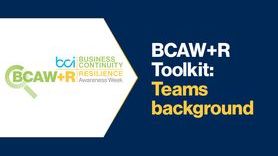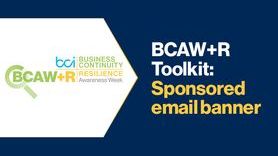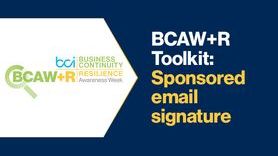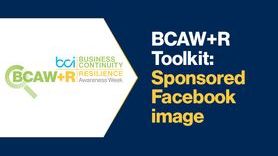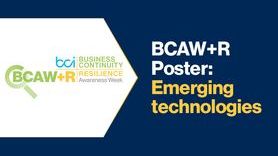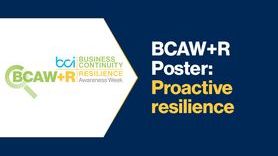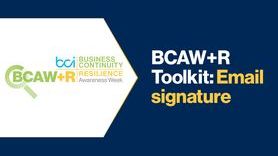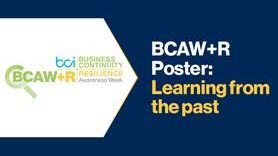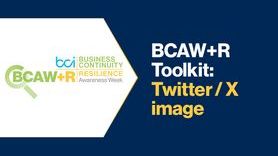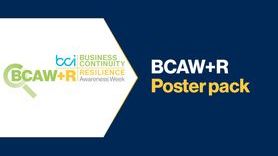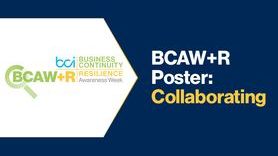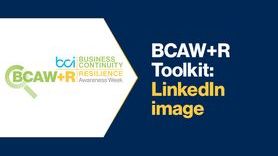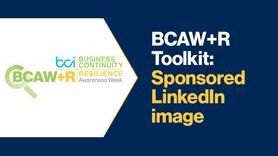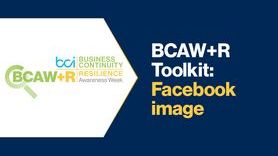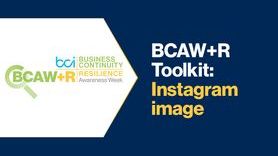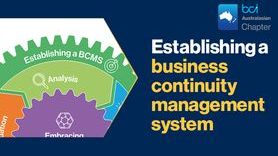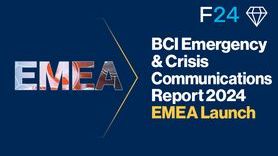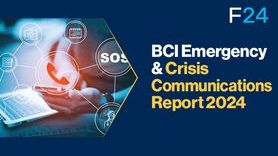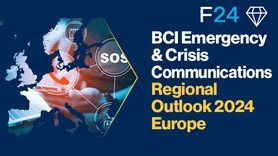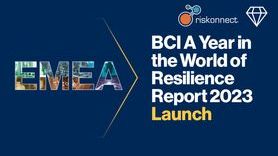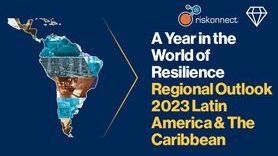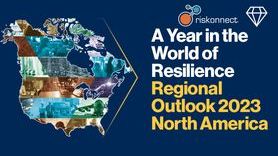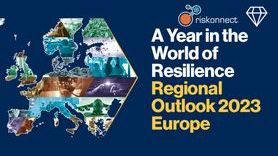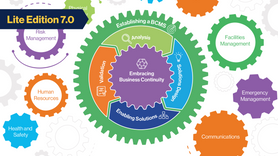‘Bomb Cyclone’: is your area prepared?
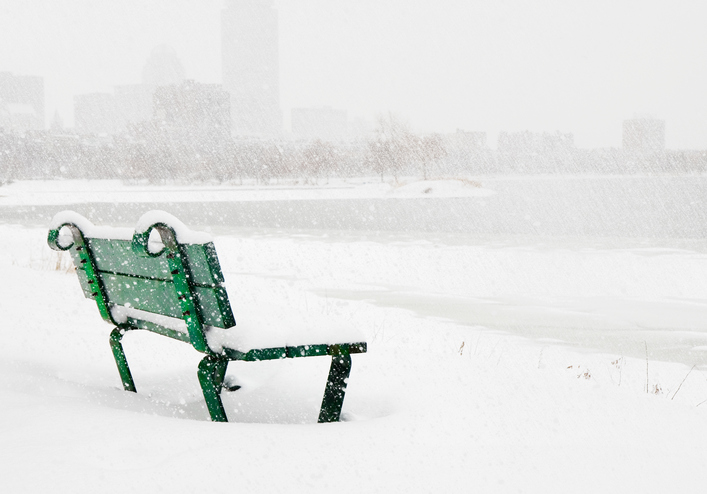
2018 kicked off with a ‘Bomb Cyclone’ (also known as explosive cyclogenesis) which hit most areas in North America. The ‘Bomb Cyclone’ brought heavy snow, strong winds, flooding, and a record drop in temperatures. Around 60 million people are in the path of the storm, with weather warnings in place across the US.
How are cities coping with the ‘Bomb Cyclone’? North America East Coast areas such as New England where low temperatures are expected every winter are well prepared for extreme weather conditions like snow storms. However, Southern states such as Florida, Louisiana, and Texas, famous for their all-year ‘summery’ weather, rarely experience these radical drops in temperatures and snow storms.
The infrequency of these weather conditions, and the lack of experience and resources to overcome the impacts of snow storms and cold temperatures make governments and organizations in these areas less prepared. For example, many houses do not have heating systems and some public infrastructures are not built to withstand freezing temperatures.
Preparedness is key when it comes to dealing with the impacts of such catastrophic events. However, governments and organizations struggle with balancing the level of preparedness of low-probability, high-consequence events, with high-probability, high-consequence events.
Unexpected weather conditions like these can cause serious disruptions and usually have important impacts on local economies. Research found that the most vulnerable industries to weather conditions are utilities, construction, hospitality, and to some extent retail.
From an economic point of view, Luis Ballesteros, from George Washington University, argues that “the lower the frequency of a phenomenon is, the higher its likelihood to become a significant disruption for the local economy” and adds that “if Bomb Cyclone Grayson [..] proves to be an economic bomb, arguably it will be because of [its] consequences on areas less accustomed to frigid conditions, from mid-Atlantic to southern Florida.”
Justifiably, governments and organizations based in Florida would plan, prepare, and budget more for events such as heat-waves and/or hurricanes than a blizzard. However, as global weather becomes more and more unpredictable, should governments and organizations invest more in preparing for low-probability, high-consequence events?
Want to know more about future risks relating? Download the BCI Continuity Planning for Climate Change Report 2017




